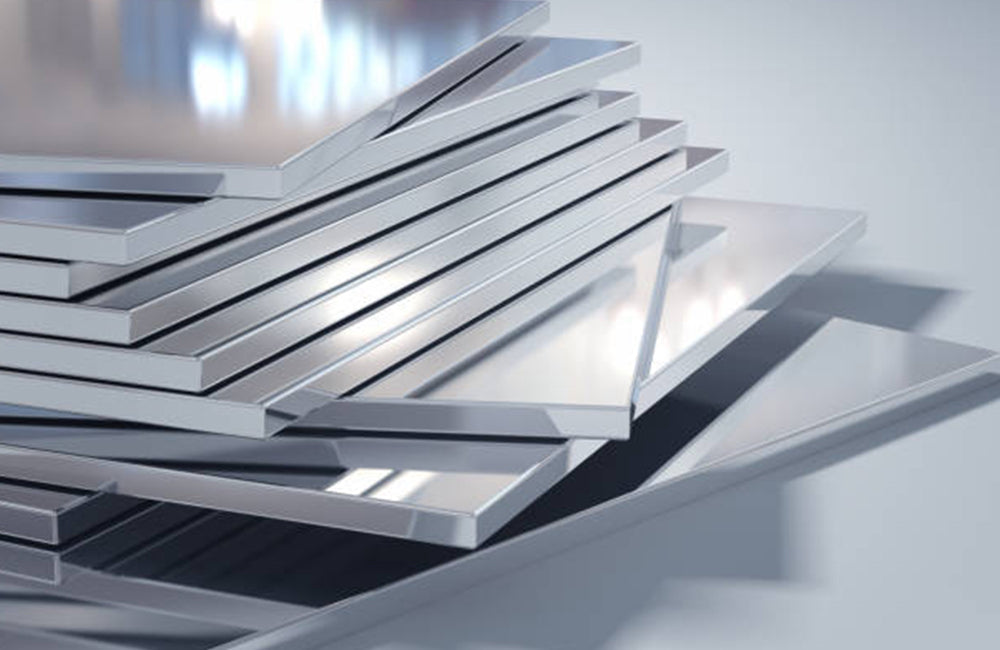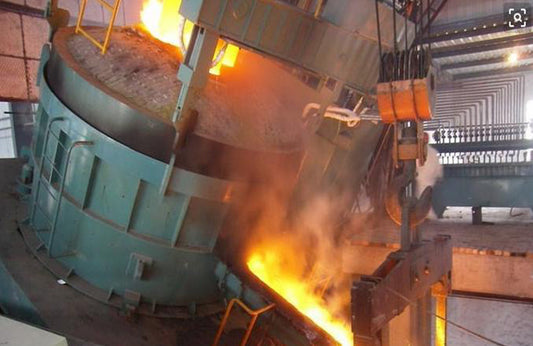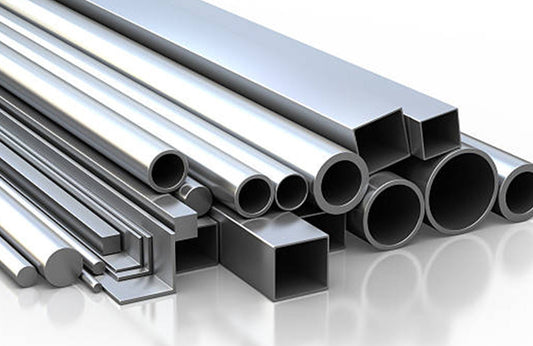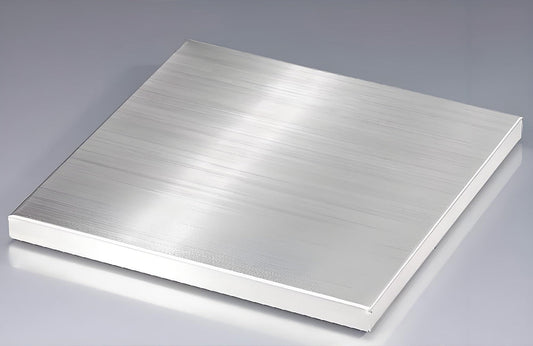
304 vs 316 stainless steel: What’s the difference?
In the stainless steel market, 304 and 316 are the two most common and widely used grades. When choosing between them, have you ever wondered why some products recommend 316 stainless steel, while others use 304? 304 stainless steel is known for its excellent corrosion resistance and cost-effectiveness, making it popular across a variety of applications. On the other hand, 316 stainless steel offers superior corrosion resistance, especially in saltwater environments, making it the go-to choice for marine and chemical industries. But what exactly sets these two types of stainless steel apart?
304 and 316 difference
1. Chemical Composition
- 304 Stainless Steel: Composed primarily of 18% chromium and 8% nickel, which is why it’s often referred to as “18/8 stainless steel.” It does not contain molybdenum.
- 316 Stainless Steel: In addition to 18% chromium and 8-10% nickel, it includes 2-3% molybdenum, which gives it enhanced resistance to corrosion, particularly in environments containing chlorides.
2. Material Properties
- 304 Stainless Steel: Offers excellent strength, ductility, and ease of fabrication. It’s widely used in various industries for general purposes, including household and industrial products.
- 316 Stainless Steel: Due to the presence of molybdenum, 316 is more stable under high temperatures and pressure, with better resistance to pitting and cracking, particularly in chemical processing environments.
3. Corrosion Resistance
- 304 Stainless Steel: Provides good resistance to corrosion in most environments but can be prone to corrosion in salty or chloride-rich environments, such as coastal areas or when exposed to seawater.
- 316 Stainless Steel: Thanks to the molybdenum addition, 316 offers superior corrosion resistance, especially against saltwater, marine environments, and chloride solutions, effectively preventing pitting and crevice corrosion.
4. Specific Applications
- 304 Stainless Steel: Commonly used in kitchen equipment (sinks, cutlery), building materials, food processing equipment, and storage tanks—suitable for everyday environments.
- 316 Stainless Steel: Primarily used in harsher environments, such as marine equipment, chemical containers, medical implants (like surgical tools), shipbuilding, and seawater handling equipment, where exposure to saltwater or chemicals is frequent.
5. Price
- 304 Stainless Steel: More cost-effective due to its simpler alloy composition, making it a common choice for non-extreme environments and general-purpose applications.
- 316 Stainless Steel: More expensive because of the molybdenum content, which adds to its production cost. It’s typically chosen for applications where extra corrosion resistance is critical, especially in marine or chemical industries.
After reading the above, do you have a clearer understanding of 304 and 316 stainless steel? If you have questions about how to buy stainless steel products, do not hesitate to contact us



